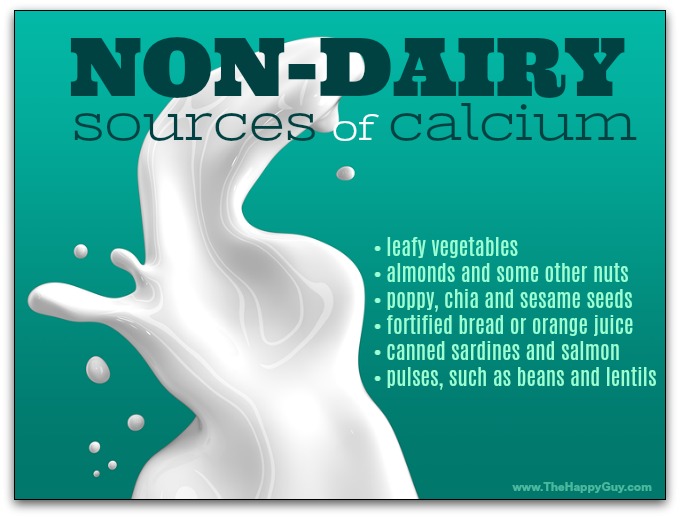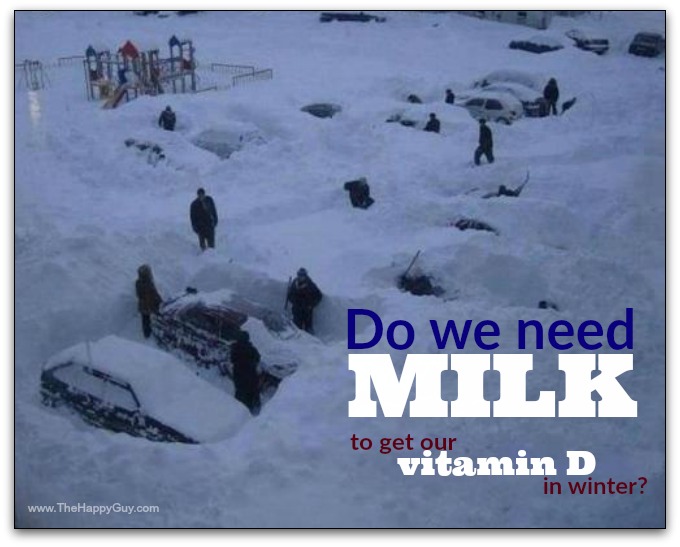Yes, the new Canada’s food guide does away with the “dairy” category. Here’s why that’s a good thing.
I’m a huge dairy fan.
I drink two glasses of milk per day.
Our household consumes more mozzarella than the average pizza parlor.
I go through a 600-gram round of brie each month. Then there’s the ricotta, some yogurt and the occasional Jarlsberg, cream cheese, Parmesan, cheddar or other cheese.
And we always use milk or sour cream when we bake.
So you might say that I am a big dairy fan.
I am also a big cinnamon fan*. But cinnamon doesn’t deserve its own food group in the Canada’s food guide. And neither does dairy. Here are the reasons why.
Dairy is, first and foremost, a protein
There is already a protein category. We don’t have a separate category for “peanuts and peanut butter”.
We don’t have a separate category for “meat”.
We don’t have a separate category for “nuts”.
And we don’t need a separate category for dairy. People can get all the protein they need without dairy. Vegans do. Lactose-intolerant people do. Dairy is not a required food group, no matter how beneficial it is.
Every nutrient doesn’t get to be a “food group”
A good case can be made that dairy is not just about protein. That is true. It is also a great source of calcium. In fact, that’s the case the dairy farmers have been making for years. But there are many other sources of calcium, such as:
- leafy vegetables
- almonds and some other nuts
- poppy seeds, chia seeds and sesame seeds
- fortified foods, such as bread or orange juice (check the label)
- canned sardines and canned salmon (bones are loaded with calcium)
- pulses, such as beans and lentils, which are also great sources of protein
I suppose we could have a calcium food group, but why would we? We don’t have a food group specifically for iodine. Or for Vitamin A. Or for iron. What is so special about calcium that it warrants a special food group when other equally vital nutrients don’t?
Canadians are vitamin D starved
This is true, to a point. Humans make their own vitamin D by converting the rays of the sun. In our cold northern climate, we don’t get enough sun. It’s cold outside, and we stay huddled in our igloos.
Even as we drive, we get only the harmful rays through the glass. Sit in the car long enough, and you’ll get skin cancer, but you still won’t get much vitamin D.
In summer, and most of the spring and fall, people make much more vitamin D from the sun than they need. A food group just for vitamin D doesn’t make sense, as it isn’t even needed for eight months of the year.
Milk is a great source of vitamin D for the other four months. But not all dairy products are. Vitamin D is added artificially to milk, because it is best absorbed with calcium. Adding vitamin D to milk seemed to be the best way to get it to the masses.
But much of the cheese and yogurt we eat is made from from milk prior to vitamin D being added. So most dairy products don’t have vitamin D. Even if having a food group just for this nutrient, “dairy” wouldn’t cover it.
Interestingly, the US Food Guide Pyramid still has a “Milk, Yogurt & Cheese Group” – presumably not for the lack of vitamin D in its more southerly lands.
This is about nutrition, not politics
The dairy lobby in Canada is incredibly strong. A lot of people are employed in the industry, and it has strong regional political power base.
The dairy lobby doesn’t like losing its place in the Canada’s food guide. It fears a loss of sales.
And it is probably right. Over time, dairy consumption will probably drop, although not a lot. But the politics are glaring:
- a loss of 3% market share through the CETA treaty
- another loss of 3% market share through the CPTPP renegotiations
- another loss of 3.5% market share through the NAFTA renegotiations (USMCA)
- probable reduced consumption as a result of the new Canada’s food guide
The reality is that most dairy farmers will continue to produce milk. But some might have to switch to pulses. It probably won’t be many, as dairy will remain popular. But the market share for pulses is climbing, both in Canada and around the world. And they are more likely to displace beef, pork and chicken than dairy products.
One thing is for certain: people won’t stop eating. Canada’s population keeps growing. The world population keeps growing. Farmers will have to keep growing food to meet a hungry planet. But there’s nothing wrong with adapting, especially since pulses take much less acreage to produce the same amount of protein.
Dairy never should have been considered a “food group” from the start. Removing this misplaced “food group” from the Canada’s food guide is long overdue. And the farmers will still have plenty of hungry mouths to feed, so the sky is not falling.
NEXT: Good news on healthy eating in the 2019 Canada’s food guide
* In fairness, I don’t eat as much cinnamon as dairy. Not quite.





Great points! What area of Canada are you in?